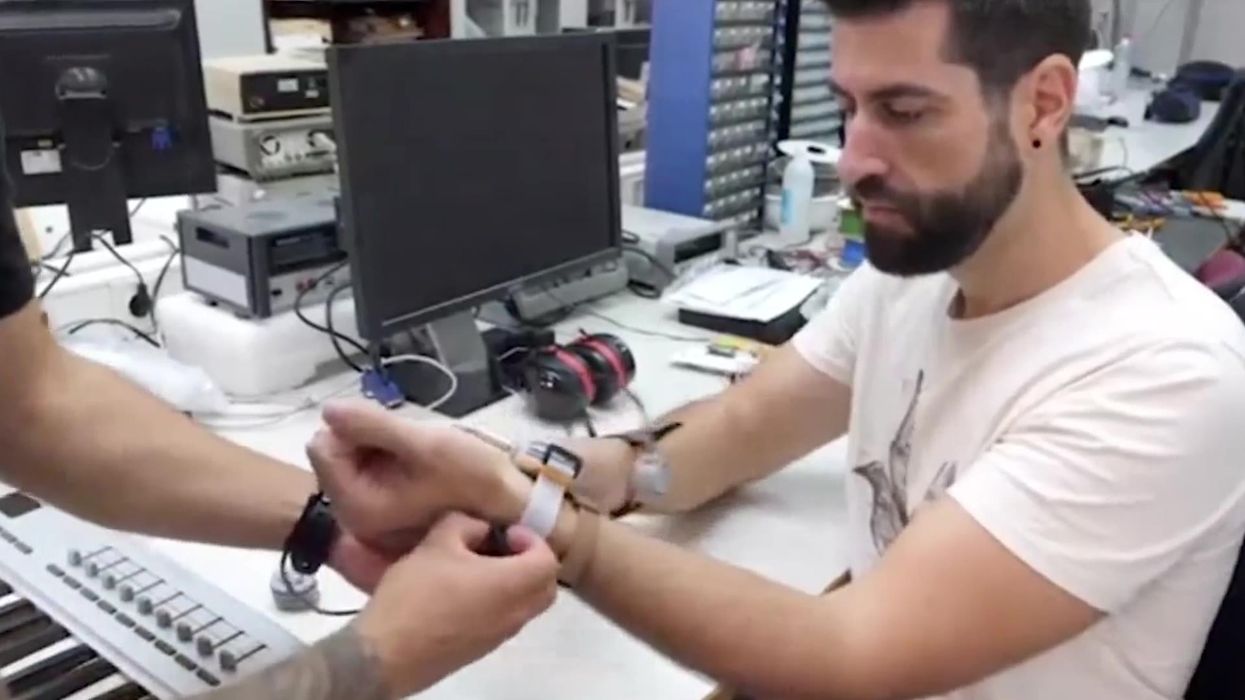Sinead Butler
Dec 01, 2022
Scientists develop algorithm that conveys music via vibration
content.jwplatform.com
In a development that sounds straight out of a sci-fi movie, scientists have created a wormhole.
On Wednesday (December 30), it was announced that two minuscule black holes were simulated in a quantum computer and then transmitted a message between them through what amounted to a tunnel in space-time.
A wormhole is a rupture in space and time, while it also resembles a bridge that is able to connect two distant points in space (Einstein–Rosen bridges, named after physicists Albert Einstein and Nathan Rosen).
Sign up to our free Indy100 weekly newsletter
The term "wormhole," was coined back in the 1950s by physicist John Wheeler and is consistent with Einstein's general theory of relativity, according to Reuters.
Researchers looked at the wormhole dynamics on a quantum device at Alphabet's Google (GOOGL.O) called the Sycamore quantum processor.
They also noted while a traversable wormhole seemed to appear (not a physical one) - but don't worry, there was no rupture of space and time physically created in the experiment.
While talk of wormholes may conjure up film scenes of "Interstellar" in our head, Caltech physicist Maria Spiropulu says despite the creation of the "baby wormhole," we're still far away from the ability to see actual people through the portal.
"Experimentally, for me, I will tell you that it's very, very far away. People come to me and they ask me, 'Can you put your dog in the wormhole?' So, no," the co-author of the research published in the journal Nature added.
She added: "That's a huge leap."
"There's a difference between something being possible in principle and possible in reality," added physicist and study co-author Joseph Lykken of Fermilab, America's particle physics and accelerator laboratory.
"So don't hold your breath about sending your dog through the wormhole. But you have to start somewhere. And I think to me it's just exciting that we're able to get our hands on this at all."
Lykken also acknowledged these "powerful ideas" have been around for a "long time."
"But in the end, we're in experimental science, and we've been struggling now for a very long time to find a way to explore these ideas in the laboratory. And that's what's really exciting about this.
"It's not just, 'Well, wormholes are cool.' This is a way to actually look at these very fundamental problems of our universe in a laboratory setting," he added.
Have your say in our news democracy. Click the upvote icon at the top of the page to help raise this article through the indy100 rankings.
Top 100
The Conversation (0)














